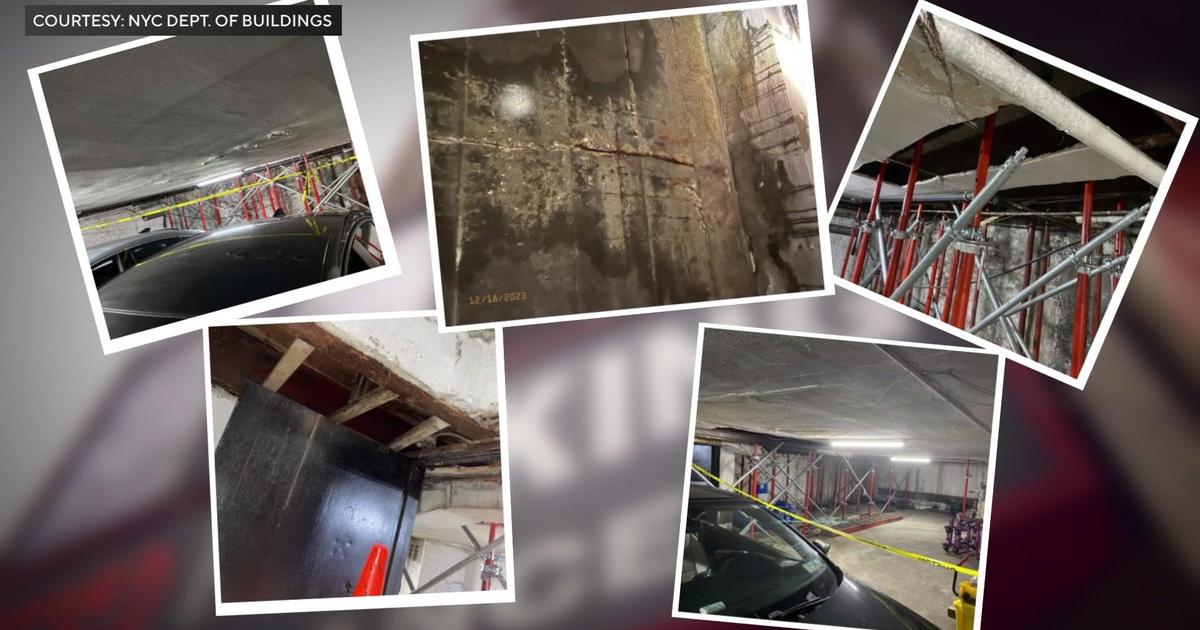Moonwatchers Treated To Total Lunar Eclipse
NEW YORK (AP / WCBS 880 / CBS 2) -- Skywatchers got an early holiday present this year: A total eclipse of the moon.
Hanging high in the sky, the moon slowly turned from bright silver into a red disk early Tuesday.
Podcast
WCBS 880's Steve Scott reports from New Jersey
A total lunar eclipse occurs when the Earth casts its shadow on the full moon, blocking the sun's rays that otherwise reflect off the moon's surface. Some indirect sunlight still pierces through to give the moon its eerie hue.
LINKS: McDowell Observatory | NASA Mr. Eclipse Site | Photo Gallery
The 3 1/2 hour celestial spectacle was visible from North and Central America where skies were clear. Portions of Europe and Asia only caught part of the show.
The totality phase -- when the moon was completely immersed in Earth's shadow -- lasted 72 minutes.
Since the year's only total lunar eclipse coincided with winter solstice, the moon glowed high in the sky.
The last time this occurred was more than three centuries ago on Dec. 21, 1638. It will happen again on Dec. 21, 2094, according to U.S. Naval Observatory spokesman Geoff Chester.
Lunar eclipses are safe to watch with the naked eye, unlike solar eclipses.
The next total lunar eclipse will occur in June 2011 and will not be visible from North America.
(Copyright 2010 The Associated Press. All Rights Reserved. This material may not be published, broadcast, rewritten or redistributed.)



